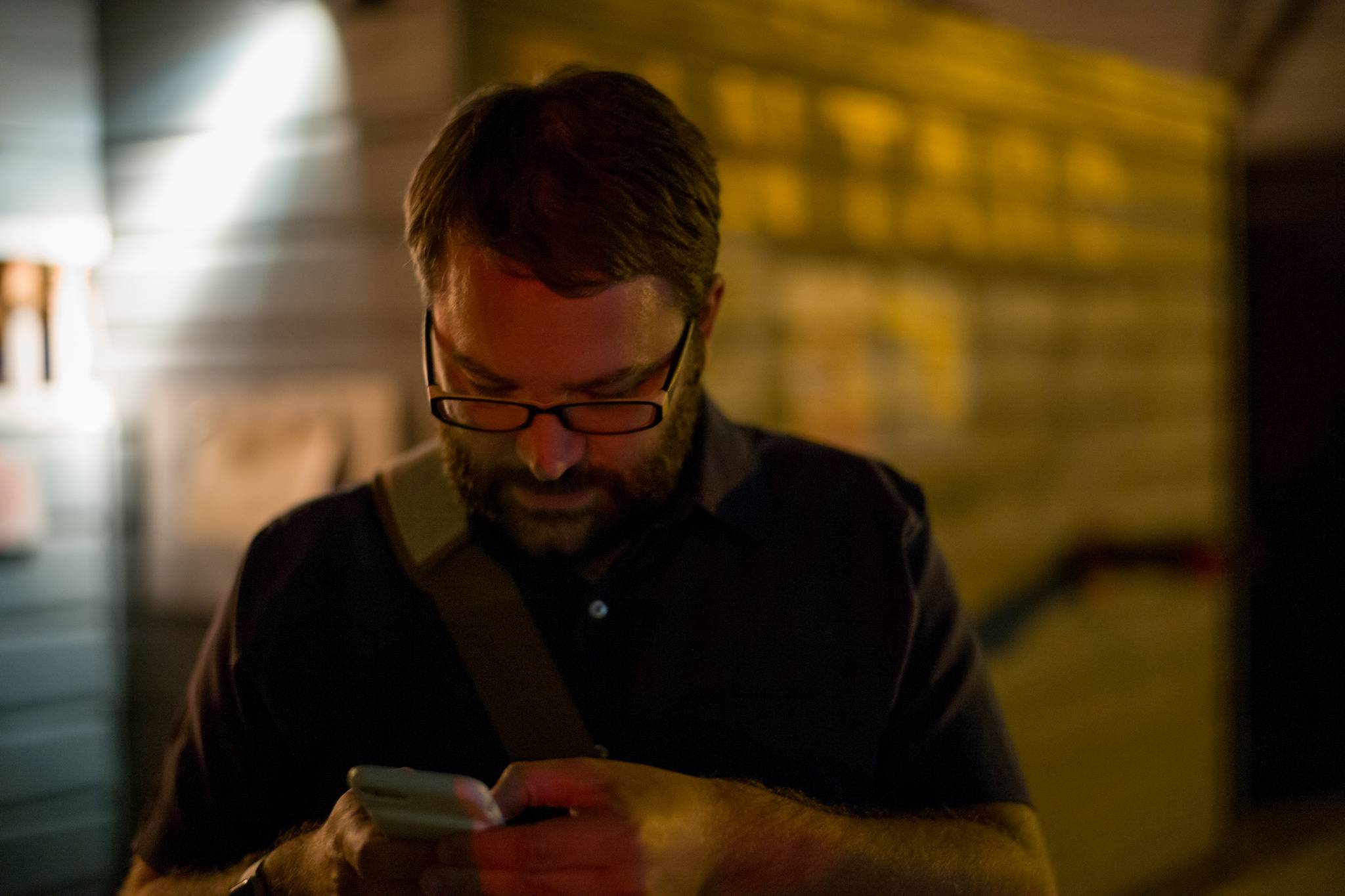
For all the Latin alphabet’s strengths, it’s not nearly as succinct as scripts like Japanese – and Twitter has taken note. After monitoring its users’ frustrations when trying to express themselves in short posts, the platform has lengthened its 140-character limit to 280 for those using the Latin alphabet in an attempt to encourage people to speak up more. We reached out to our expert network to understand how the change could impact online marketers, casual users, and social causes alike.
----
Andrea Graham Richeson is a New York-based writer, consultant and consumer anthropologist studying why people love what they love. Founder of youth culture consultancy Youth Tribes, she specialises in gaming, fandoms, social media, and new media. She explains what Twitter’s new character count could mean for young users.
Twitter's launch made a tremendous impact on information creation and consumption, mainstreaming a new standard of short-form content across the social web. Like SMS, emojis, Instagram and Tumblr, consumers quickly adapted to a stripped-down medium of communication that emphasised frequency and community participation over more substantial, standalone content.
But while this snack-sized approach shaped users’ communications, we’ve seen that nothing is ever static, and signs show that people are hungry for more substantial content to dig into. The popularity of long Twitter threads, serialised podcasts, web series, and interest-based communities have shown that people are interested in longer content and want to break free of the limitations of character counts.
Character restrictions can benefit a platform due to the fact that users may need to send more frequent content and, in turn, may spend more time using a platform, but it's also a hassle for users. In this fast-paced information society, making any kind of real effort can potentially drive away users, and if it takes too much thought to come up with the perfect bite-sized comment, especially when one's personal networks are spread over an array of platforms, people will simply drift away.
Twitter is still a great place for people to follow breaking news and keep tabs on their favourite media personalities and brands, but attention is more splintered than ever. With this in mind, I’m excited to see what creative marketers do with the newly expanded character limit. It’ll give brands an opportunity to expand their messaging and narrative, but most importantly I think it’ll be a great customer service tool for reaching out and engaging with brand fans. It has the potential to facilitate a more natural-sounding dialogue and more human responses to people's concerns. And while Twitter has had a rough couple of years, it’s still a well-respected social media innovator with massive influence. This move is only the first step towards more exciting things to come.
Dr. Bernie Hogan is a senior researcher at the Oxford Internet Institute. His research interests lie at the intersection of social networks and media convergence. He explains what Twitter’s doubled character count could mean for the way people use the platform to debate.
The obvious immediate impact is that this will give users an opportunity to speak with a little more nuance in their tweets, and it shifts Twitter away from being an index to being a site of expression. There's this notion that the online world is full of superficial and trivial content, and there was this awful campaign from the Economist a few years ago called Dare 2 Go Deep, which was a comment on this.
That being said, even 280 characters may not be enough to change a whole lot. This still isn't a huge amount of words. Long-form journalism, for example, takes far more than that to say something worthwhile. With this in mind, will we really begin using it differently, like a microblogging platform? As a Twitter user myself, I wanted this change for a very long time, but it's been quite unremarkable. In lots of ways, I don't use it differently. I just feel less constrained by the limit; I can type full words instead of abbreviations.
The limit itself does feel generous in the context of the 140 characters people have used for so long. One thing I will say is that it gives users the ability to better express their point – to have qualifiers or caveats. That was really hard to do in a tweet before. You can actually express a balanced opinion, rather than a one-sided argument. Up until now, the debates on Twitter have been really unpleasant, because the limitations of the platform are so great that a retort cannot qualify – it could only be one-upmanship or snark. But with this change, there's hope that people will construct less one-sided responses when in conversation on the platform.
Jo Allison is the editor of Canvas8. Previously, she worked for retail trends consultancy GDR, where shopping was part of the job description. She explains what Twitter’s doubled character count could mean for users.
Twitter initially trialled lengthier posts as a way of encouraging people to say more and help its reputation as a mouthpiece for social change, but this capacity is now available to all. Giving people the opportunity to speak freely is a tenet around which the Twitter brand is built, so it makes sense to allow users the flexibility to say a little more. Before the expansion, nearly 10% of Tweets in English used the full 140 characters, suggesting that some struggled to say what they wanted within the limitations.
Plus, it can be argued that arguments and nuance can be better captured with the new limit, which is important for the 70% of young people who think social media should be used for social change. According to Twitter, it found that “a higher character limit made [users] feel more satisfied with how they expressed themselves on Twitter, their ability to find good content, and Twitter overall.”
But while the character extension can be seen as a positive move in enabling expression online, not everyone is happy about the change. Savvy users had already found ways to get around the limit, turning shortcuts like screenshots into an art form. And in a matter of seconds of founder Jack Dorsey breaking the news, users took to the platform to ridicule the change with extensive wordplay.
Some users mourned the loss so seriously – arguing that 140 characters helped keep things pithy and succinct – that publisher Slate created a Chrome extension that automatically cuts all tweets down to the old limit. And while unwanted, Twitter should have expected the negative reaction since people have a natural aversion to change. It's one of the reasons why many users don’t update their apps until they absolutely have to.
Lore Oxford is a behavioural strategist at Canvas8, which specialises in behavioural insights and consumer research. She previously ran her own science and technology publication and was a columnist for Dazed and Confused. When she’s not busy analysing human behaviour, she can be found defending anything from selfie culture to the Kardashians from contemporary culture snobs.



